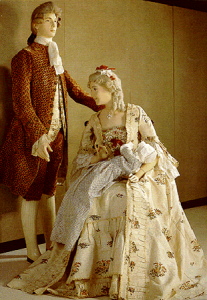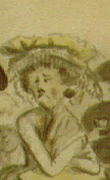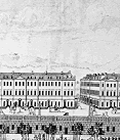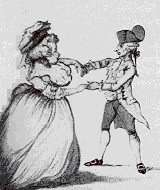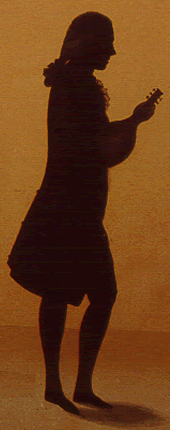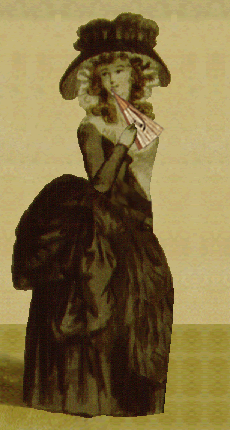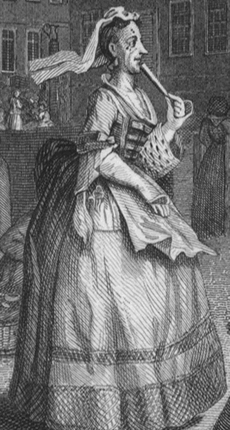Fashion in Bath
- Bath, capital of fashion
- A day in the life of a lady of fashion
- The varieties of Bath
- The Fan
- The language of the fan
Bath, capital of fashion
Under the influence of Beau Nash, Bath became a centre of elegance and refinement.
Strict rules posted at the Pump Room forbade the gentlemen to appear informally dressed before the ladies, or to enter public places with their boots on.
Ladies were forbidden to wear aprons, and are invited to take care of their dress.
Hatmakers and seamstresses called “mantua-makers” would settle in Bath during the watering season and conduct a flourishing trade.
Dresses were generally made of silk, adorned with lace and a muslin scarf.
In the years 1790-1800, costume was simplified under the influence of the French Revolution. Printed cotton stuff was then the thing to wear, and long curls replaced powdered wigs.
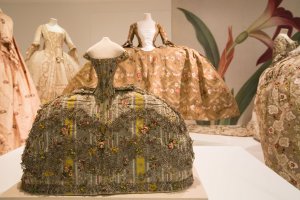
- Costumes
- Fashion Museum / Bridgeman Art Library
[click on the picture to enlarge it]
The elegance of Bath fashions delighted Smollett’s character Lydia. A lady would spend her day in the fashionable places.
Fans were an important article of elegance. Objects used by a lady at her dressing-table can be seen in the bedroom of N°1, Royal Crescent.
A day in the life of a lady of fashion:
Other accounts are to be found in Sheridan’s The Rivals, and in Elizabeth Giffard’s diary.
The varieties of Bath
Monday 24th Novbr - There was a charity breakfast at the rooms, at which were present 700, but we not being charitably inclined took a snug breakfast at home, after which we sally’d into town to provide ourselves with tea, coffee, sugar and all other requisites relative to house-keeping and after this business was finished we returned back and received a morning visit from Doctor Hays and Mr. Cumberbach. Dined at half an hour past two o’clock. In the evening, we went to the play-house where was very well performed The Clandestine Marriage with the farce of Thomas and Sally - NB The present theatre is under Mr. Simpson’s ballroom, that in Orchard Street not being as yet entirely repaired and enlarged according to the manager’s design, and may be called a neat play-house for its size ….
Monday 8th [Dec] Visited the Pump-room, returned home to breakfast after which Mr. Giffard rode out with Mr. Browne; we dined at Lady Halkerton’s and in the evening were entertained with fire-works. After tea, went to Mr. Derick’s Benefit Ball with Lady Arundel, drank tea in the Rooms with Mr. Read, played at cards with Lady Edwards and Lady Charleville and returned home at half an hour after ten o’clock. Such are the varieties of Bath!
Diary of Elizabeth Giffard, 1766-67
Clwyd Record Office, D/NH/1074 (54)
in The Observant Traveller: Diaries of Travel in England, Wales and Scotland in the County Record Offices of England and Wales, ed Robin Gard (London: HMSO, 1989) 22.
“The rooms” are the old Assembly Rooms (now demolished) near Orange Grove, not the New Rooms opened in 1771.
Elizabeth Giffard also wrote about her visit to Gainsborough’s studio.
The Fan
It exercises the office of the zephyrs, and cools the glowing breast. It saves the blush of modesty by showing all we wish to see, yet hiding all that we desire to conceal. It serves the purpose of a mask, covering the face that would remain unknown. It keeps off the rude beams of the uncourtly sun… of from the fiercest ravage saves the brilliant eye and blooming cheek. It hides bad teeth, malicious smiles and frowns of discontent; stands as a screen before the secret whisper of malicious scandal; expresses the caprices of the heart, nay sometimes even speaks; in a word it has a thousand admirable qualities, and may justly be entitled one of the noblest inventions of the human mind.
The Grand Magazine , London November 1760.
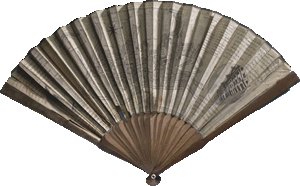
- Fan
- Museum of Costume and Assembly Rooms, Bath, UK / Bath & North East Somerset Council, Bridgeman Art Library
[click on the picture to enlarge it]
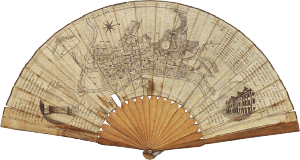
- Fan
- Fashion Museum and Assembly Rooms, Bath, UK / Bath & North East Somerset Council
[click on the picture to enlarge it]
Some fans represented views of Bath (the Parades, or Orange Grove); others were decorated with London scenes.
The language of the fan
Later , the “language of the fan” developed:
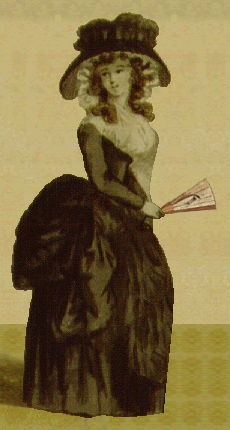
- Fan presented shut
- [click on the picture to enlarge it]
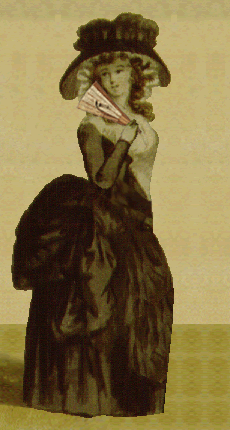
- Fan drawing across the cheek
- [click on the picture to enlarge it]
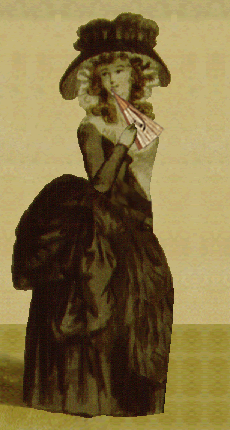
- Fan with handle to lips
- [click on the picture to enlarge it]
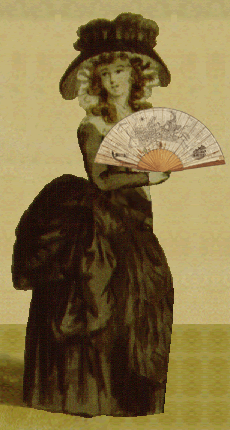
- Fan open wide
- [click on the picture to enlarge it]
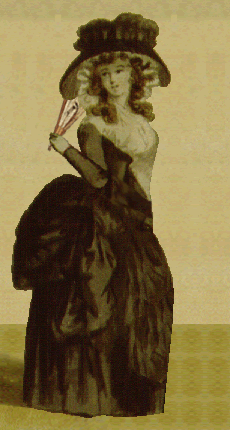
- Fan placed behind head
- [click on the picture to enlarge it]
There were several languages of the fan, however; a gesture which had one meaning according to one code might have another meaning in another code, which could cause confusion.
For instance, the fan pressed to the lips might also warn “we are overheard”. This is possibly the intended signification in Hogarth’s figure of the old prude in Covent Garden (London).
“Kiss me” or “We are overheard”?

